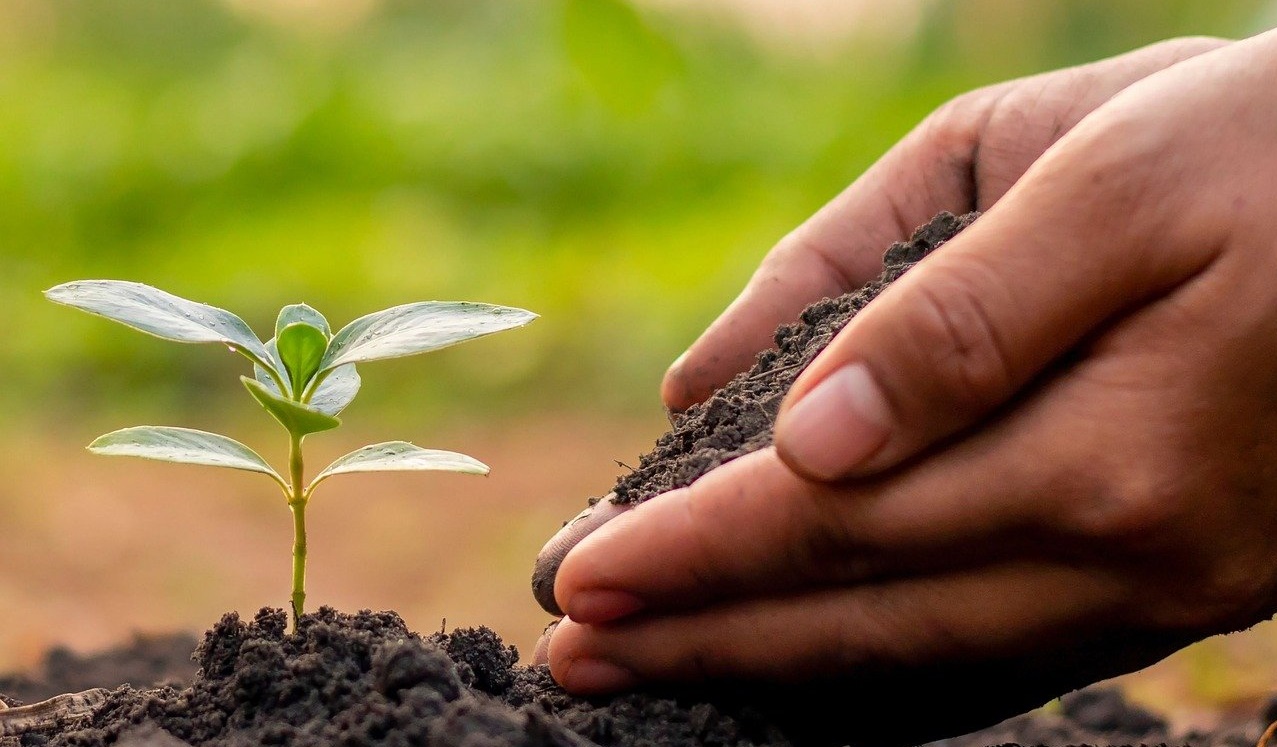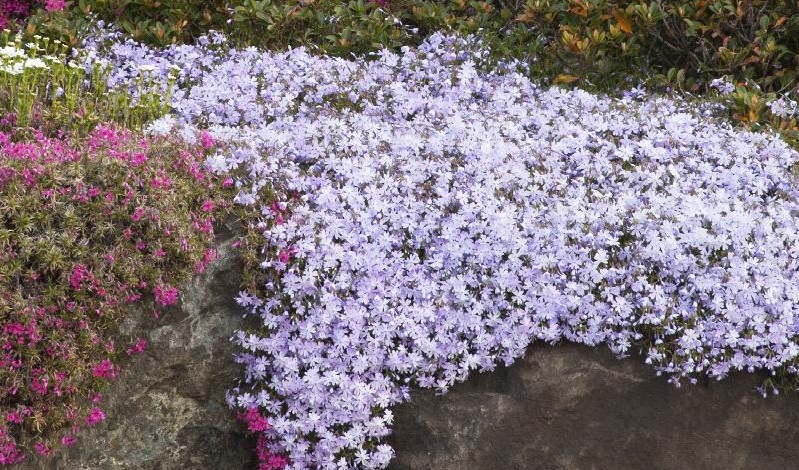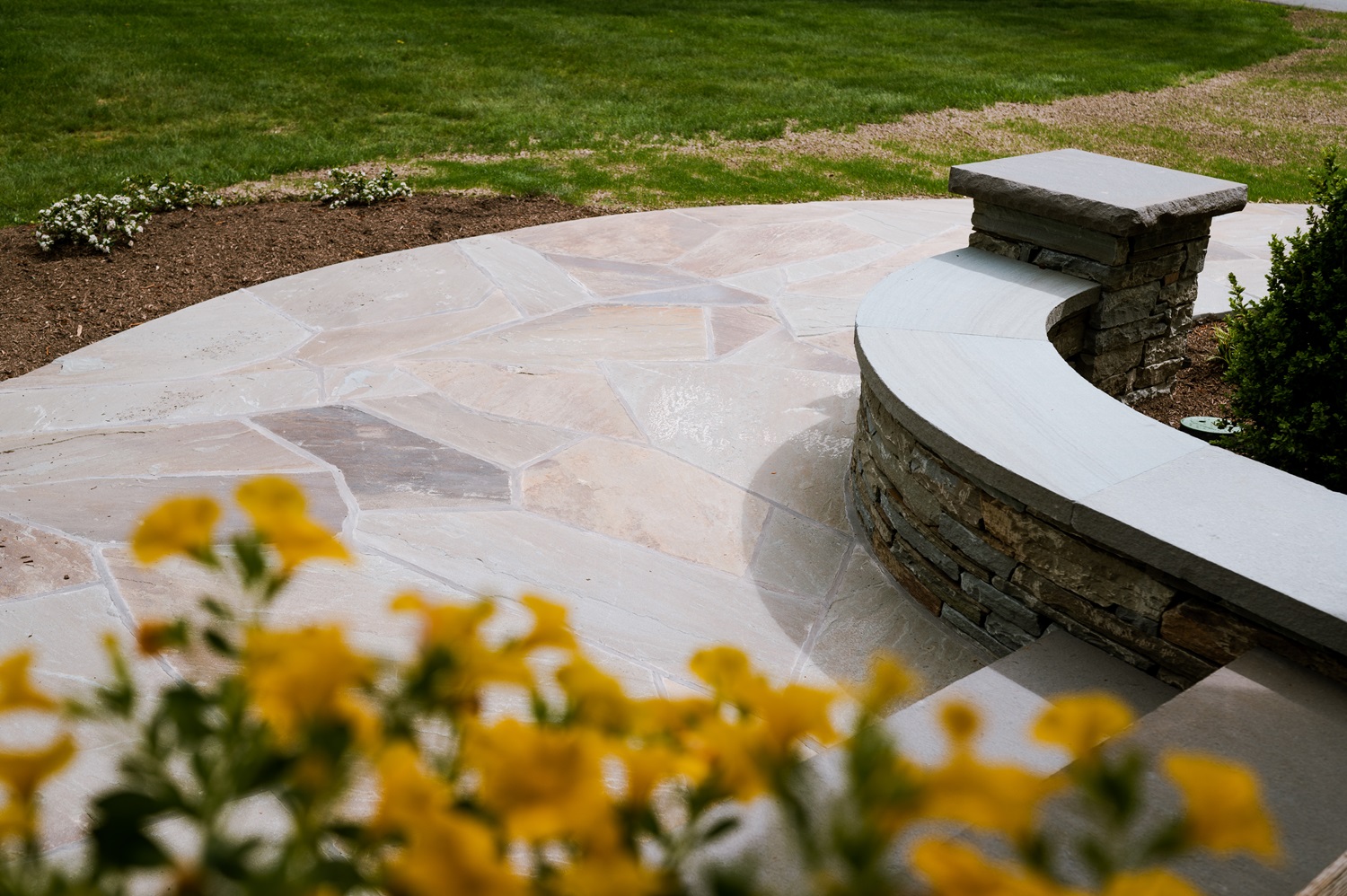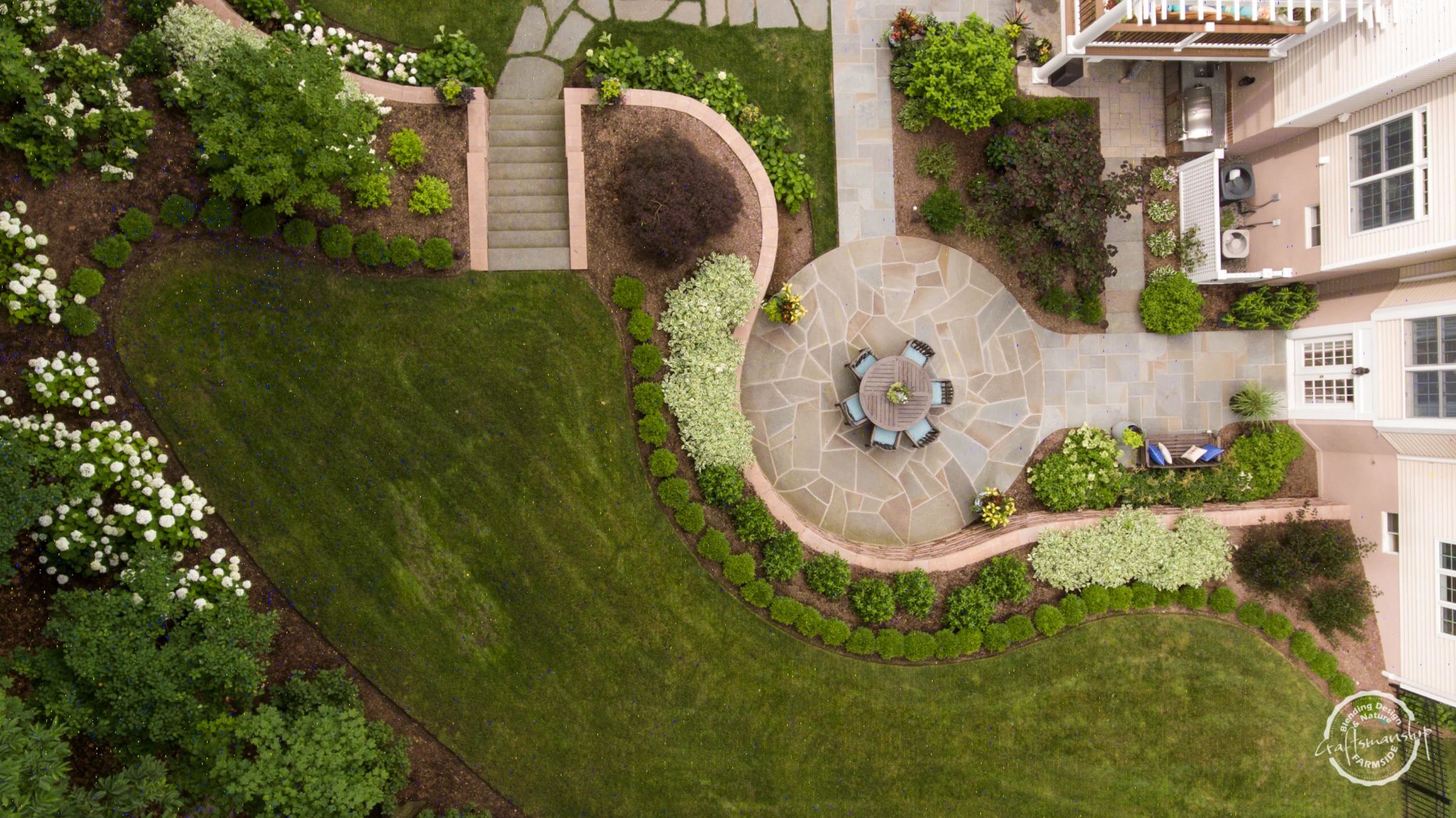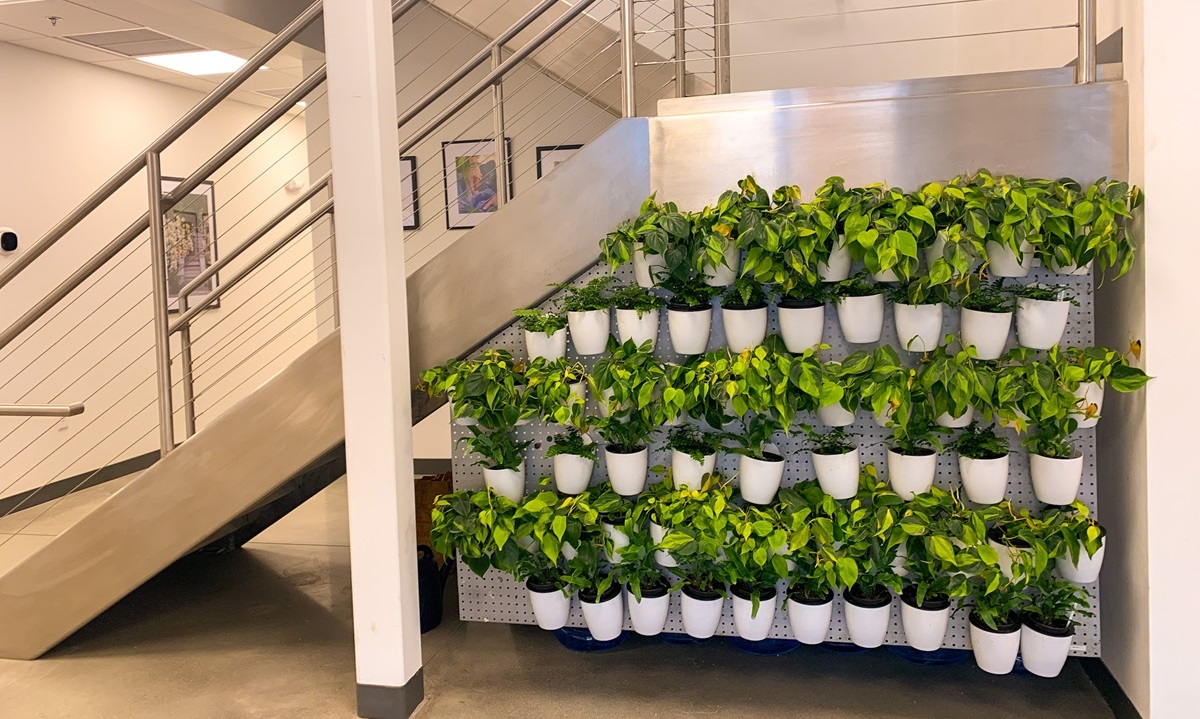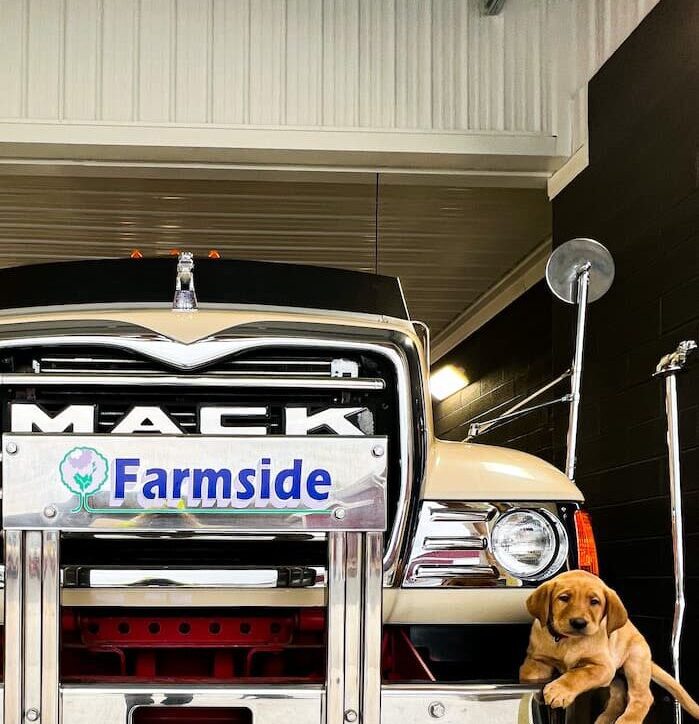The relationships of pest activity and weed emergence to plant growth are examples of plant phenology. A relationship can be drawn between when forsythia bloom and when crabgrass appears. Unfortunately, people have begun to associate the application of crabgrass control with the beginning of forsythia bloom, when in fact, crabgrass seeds germinate about 2-3 weeks after the forsythia blooms drop.
In horticulture, we can measure the progress of plants based on how much warmth is accumulated as days go by in units called Growing Degree Days (GDD). Science shows us that forsythia bloom from 1-25 GGD. Crabgrass germination, however, doesn’t emerge until 200 GGD—a difference of about 2-3 weeks. So why does this matter? Why not just treat for crabgrass as soon as the forsythia blooms, not several weeks afterwards?
Crabgrass controls have a half-life in the soil, meaning they’ll work only for a certain period of time. If applied too early, controls may not be as effective since they may be needed more later on in the season, due to a number of varying factors. The quality of control achieved from these pre-emergent herbicides can depend on the product formulation, its quality, turf density, temperature and rainfall. Crabgrass control simply isn’t a “one and done” approach.
Patience and persistence are key in eradicating and controlling crabgrass, from the use of pre-emergents, to spot spraying crabgrass outbreaks throughout the season. Call us here at Farmside today, for a crabgrass control plan that will keep your lawn lush and green.


